

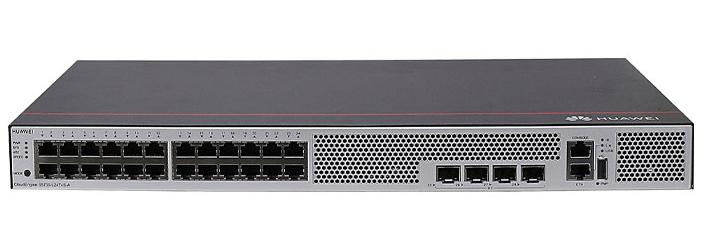
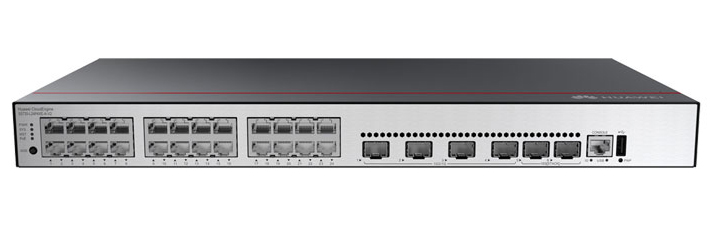
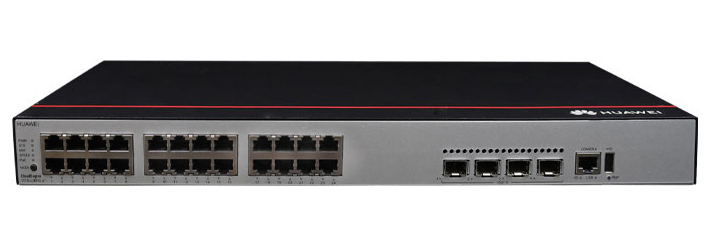




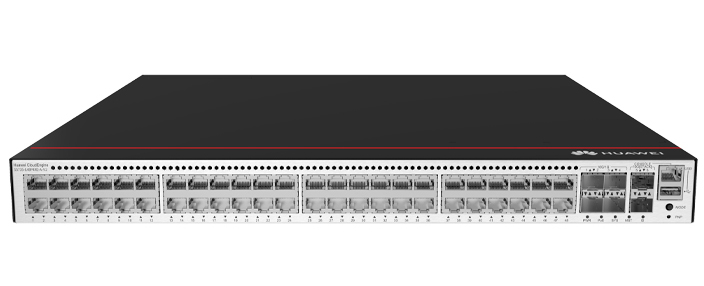



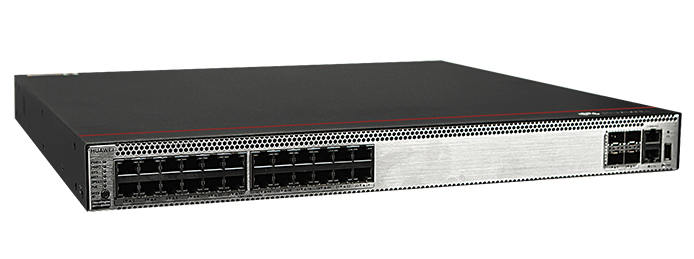



















It seemed like a minor miracle when I breathed new life into three ancient computers using ChromeOS Flex in early 2022. ChromeOS Flex turned my old hardware -- junk collecting dust in a closet -- into modern, efficient devices by offering a lightweight, secure, and manageable operating system for older x86 systems.
ChromeOS Flex extends the lifespan of older hardware and contributes to reducing e-waste, making it an environmentally conscious choice.
Also:I revived three ancient computers with ChromeOS Flex, and you can too
Unfortunately, recent developments hint at a potential end for ChromeOS Flex. As detailed in a June 12 blog post by Prajakta Gudadhe, senior director of engineering for ChromeOS, and Alexander Kuscher, senior director of product management for ChromeOS, Google's announcement about integrating ChromeOS with Android to enhance AI capabilities suggests that Flex might not be part of this future.
Google's plan, as detailed, suggests that ChromeOS Flex could be phased out, leaving its current users in a difficult position. The ChromiumOS community around ChromeOS Flex may attempt to adjust to these changes if Google open sources ChromeOS Flex, but this is not a guarantee. In the meantime, users may want to consider alternatives, such as various Linux distributions, to keep their older hardware functional.
If ChromeOS Flex is discontinued, it will be a huge disappointment. Although free for personal use, ChromeOS Flex is commercially supported and licensed, so any discontinuation would be announced with a transition plan.
The origins of ChromeOS Flex can be traced back to Google's acquisition of UK-based Neverware in 2020. Neverware's CloudReady, which came before ChromeOS Flex, was designed to prolong the usability of older hardware.
The main issue with x86-based ChromeOS Flex is its lack of support for Android apps, unlike regular ChromeOS products that run on (mostly) ARM-based devices. The ability to run Android apps on ChromeOS, introduced in 2016, was a significant improvement because it allowed you to access the entire Google Play Store.
This was achieved by embedding Android frameworks and dependencies directly into ChromeOS. Unfortunately, this Google Play Store and runtime environment integration does not extend to ChromeOS Flex, significantly limiting its appeal and functionality.
Despite these challenges, all Chromebooks that shipped after 2019, including x86-based models, support Android applications through ARM emulation. This workaround enables newer Chromebooks to access the rich ecosystem of Android, although it does not address the limitations faced by ChromeOS Flex.
Also: The best Linux distributions for beginners: Expert tested and reviewed
Furthermore, while Google supports the x86 port of Chromium OS, it does not support the x86 port of Android, which is the community-sponsored "Android-x86" project. The current development branch of Android-x86, version 10, lags multiple versions behind the latest version, Android 14 (with version 15 due in August 2024), and appears to have no recent commits in the past year in its public repositories.
For ChromeOS Flex to fully benefit from Android integration and for it to be successful in the future, it is crucial for Google to officially support Android on x86 platforms and include the required Android components in ChromiumOS. There is currently no posted roadmap for ChromeOS Flex that reflects these potential changes.
Several lightweight Linux distributions are worth considering for users seeking alternatives today. According to 's Jack Wallen, these are some of the best options for saving your old computer:
Bodhi Linux: Written for high-performance desktop users, Bodhi Linux uses a unique Moksha desktop environment similar to Enlightenment (E Window Manager). It requires minimal system resources, making it ideal for older hardware.
Linux Lite: Very user-friendly, highly customizable, and fast,Linux Lite uses a custom Xfce desktop environment, which is resource-optimized. It includes preinstalled software like Chrome, Thunderbird, and LibreOffice, providing a familiar interface for new users.
Puppy Linux: Best used as a live distribution,Puppy Linux is small and fast, running entirely in RAM. It includes apps like Palemoon, ClawsMail, AbiWord, and Gnumeric, but is more suited for users with some Linux experience.
Tiny Core Linux: Tiny Core Linux is extremely small and efficient. It's better for experienced users, as it requires manual installation of applications and configuration of the desktop environment.
LXLE Linux: LXLE is built on the latest version of Ubuntu and uses the LXDE desktop environment. It's simple to install, easy to use, and includes apps like LibreOffice and ClawsMail, making it suitable for reviving old hardware.
Also: Thinking about switching to Linux? 10 things you need to know
I would be remiss, of course, if I did not include a few of my own favorites.
Linux Mint 21.3 XFCE Edition:Mint is one of the most popular and well-supported general-purpose Linux distros, and the XFCE environment keeps it on a resource utilization diet and with a snappy response time on legacy hardware.
Lubuntu:Based on the popular Ubuntu Linux distribution,Lubuntu is optimized for older hardware and uses the snappy LXQt desktop environment.
 Tags quentes :
Tecnologia
Serviços & Software
Sistemas Operacionais
Tags quentes :
Tecnologia
Serviços & Software
Sistemas Operacionais